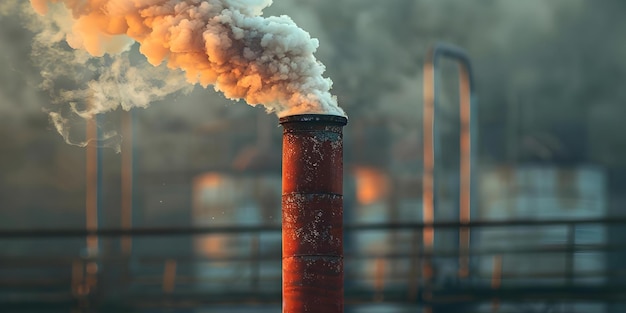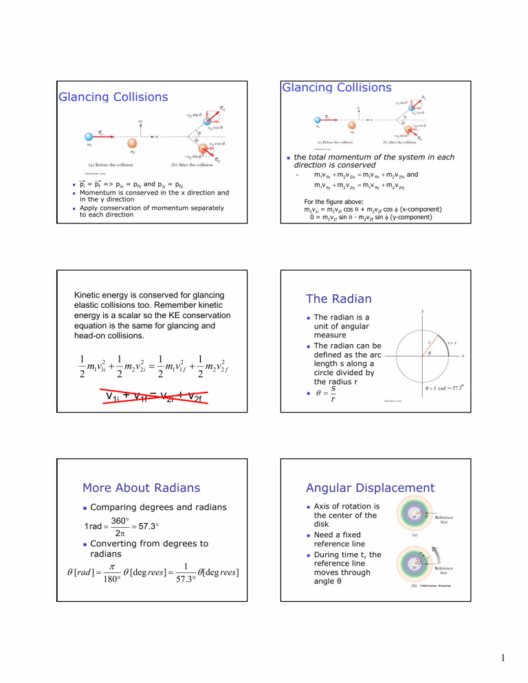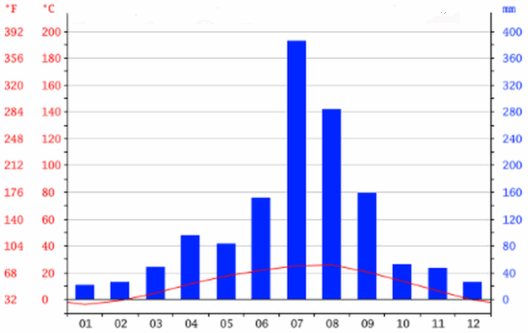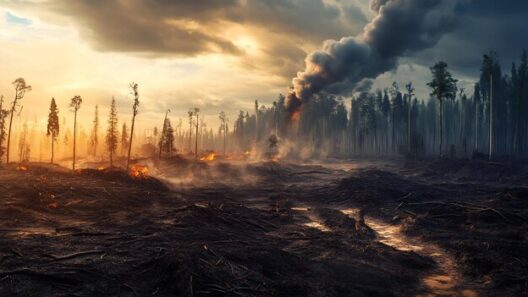Methane, often overshadowed by its more notorious cousin, carbon dioxide, plays a pivotal role in the narrative of climate change. This diminutive yet exceedingly potent greenhouse gas has formed an invisible but impactful layer around our planet, acting as a thermal blanket that contributes significantly to global warming. Understanding the implications of methane’s long shadow involves a deep dive into its origins, its properties, and the multifaceted ways it interlaces with the fabric of our climate.
Historically, methane has emerged from natural sources long before human intervention exacerbated its presence in the atmosphere. Fossilized organic matter, wetlands, and the digestive processes of ruminant livestock are the main natural contributors to this gas. For millennia, methane has been quietly engaged in a thermal tango with the Earth’s atmosphere, exacerbating the greenhouse effect under the surface of ecosystems and climates worldwide. However, the dance escalated when human activities came into play.
In the annals of history, the 18th century marked the initiation of methane’s transformation from a natural hazard into an anthropogenic issue. The industrial revolution catalyzed an unprecedented surge in methane emissions, primarily through fossil fuel extraction, agriculture, and waste management. Today, methane is more than simply a natural byproduct; it has taken center stage as a key player in our warming climate.
To comprehend the magnitude of methane’s influence, it is essential to examine its potency relative to carbon dioxide. While carbon dioxide remains in the atmosphere for centuries, methane has a lifespan of about 12 years. Nevertheless, during that short duration, it is estimated to be up to 84 times more effective at trapping heat than carbon dioxide. This seemingly disparate comparison emphasizes an unsettling reality: a relatively short-lived gas can generate long-term consequences that echo throughout decades of climate disruption. Methane acts as a quick but powerful punch in the environmental boxing ring.
The rapid rise in methane emissions over the past few decades is particularly alarming, given its role in the acceleration of global warming. The pivotal question remains: how long has this gas been fueling the flames of climate change? While its natural sources have existed for eons, the current crisis lies predominantly in anthropogenic emissions, which surged drastically post-1950s. With industrialization and modernization came an insatiable demand for energy, leading to the extraction and burning of fossil fuels. Every significant development has added layers to the thermal blanket that methane weaves, stifling our earth’s breathability.
Livestock farming also plays a critical role in methane’s enduring legacy. Ruminants such as cows and sheep produce methane during digestion through a process called enteric fermentation. This biological alchemy is compounded by manure management practices, creating a perfect storm for methane emissions. As the global population expands, so too does the demand for meat and dairy products, perpetuating an unsustainable cycle of greenhouse gas emissions. Regrettably, our choices at the dinner table echo the call of climate urgency, leaving a lasting imprint on the warming planet.
Another dominant source of methane is landfills. As organic waste decomposes anaerobically, it produces methane as a byproduct. The increasing volume of waste generated by consumer societies leads not only to overflowing landfills but also to rising methane emissions. In this equation, our consumption habits are indisputable contributors to a warming climate. Every action reverberates, curling back around to influence future generations.
Addressing methane emissions necessitates a multifaceted approach. Solutions for curbing this potent gas revolve around improved agricultural practices, such as rotational grazing, feed additives for livestock, and anaerobic digesters that capture methane from manure. Waste management systems also require modernization by diverting organic matter from landfills to composting and recycling facilities. Each step we take can help mitigate methane’s impact—transforming potential peril into promise.
The allure of action against methane lies not only in its reduction potential but in its immediate benefits. By targeting methane, we can achieve significant short-term reductions in greenhouse gas emissions, leading to more immediate and tangible climate benefits. As such, urgency is not just an abstract notion, but a clarion call to ameliorate our current trajectory. The atmospheric implications of methane can be addressed, but only if we act swiftly and decisively.
At its core, the battle against methane emissions encapsulates a broader struggle: the struggle to redefine our relationship with the planet and each other. By illuminating the shadow cast by this gas, we uncover a kinship with the Earth, one that demands respect for the intricate ecosystem we inhabit. The long shadow of methane is a collective reflection of our choices, and it challenges society to harness ingenuity in the face of despair.
In conclusion, methane’s historical and contemporary roles in global warming present a complex and compelling narrative. This gas, once an innocuous element of the ecosystem, has transformed into a formidable foe in the fight against climate change. By understanding and addressing its myriad sources, we can challenge its legacy of destruction and repurpose our actions for a more sustainable future. As we stand at this critical juncture in environmental history, the option to diminish methane’s influence rests not only on scientific innovation but also on our collective will to act. Together, we can cast a new light in the shadow of methane, forging pathways toward an ecologically balanced world.








